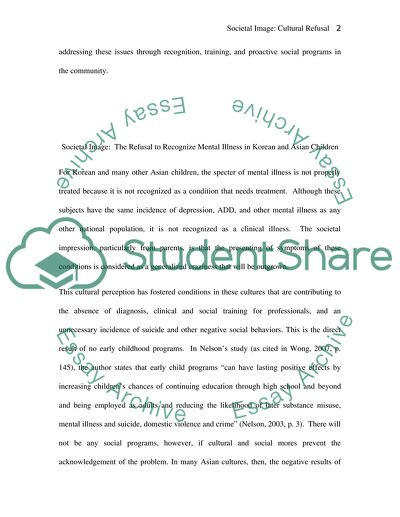Cite this document
(Culture's Influence on the Treatment of ill Patients Term Paper, n.d.)
Culture's Influence on the Treatment of ill Patients Term Paper. Retrieved from https://studentshare.org/health-sciences-medicine/1719877-societal-image
Culture's Influence on the Treatment of ill Patients Term Paper. Retrieved from https://studentshare.org/health-sciences-medicine/1719877-societal-image
(Culture'S Influence on the Treatment of Ill Patients Term Paper)
Culture'S Influence on the Treatment of Ill Patients Term Paper. https://studentshare.org/health-sciences-medicine/1719877-societal-image.
Culture'S Influence on the Treatment of Ill Patients Term Paper. https://studentshare.org/health-sciences-medicine/1719877-societal-image.
“Culture'S Influence on the Treatment of Ill Patients Term Paper”, n.d. https://studentshare.org/health-sciences-medicine/1719877-societal-image.


